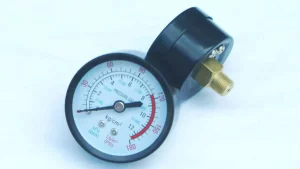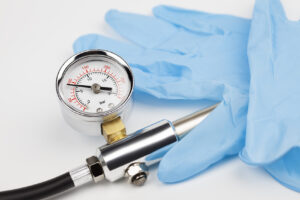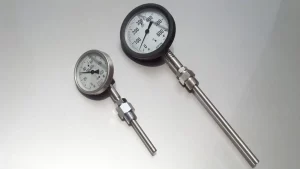n various industrial and mechanical settings, understanding how to effectively use a pressure gauge is crucial for monitoring and maintaining optimal operating conditions. Whether you are assessing hydraulic systems, pneumatic equipment, or industrial processes, the accurate measurement of pressure ensures safety, efficiency, and reliability.
1. Understanding the Pressure Gauge
A pressure gauge is a device used to measure the pressure of gases or liquids in a closed system. It typically consists of a dial, gauge face, and a mechanism that senses pressure changes. Before use, ensure the gauge is suitable for the pressure range and type of fluid or gas being measured.
2. Preparation and Setup
- Verify Calibration: Before each use, check if the gauge is calibrated correctly to ensure accurate readings.
- Installation: Securely attach the gauge to the pressure source using appropriate fittings and seals. Ensure all connections are tight to prevent leaks.
3. Taking Readings
- Stabilize Pressure: Allow the system to stabilize before taking readings to ensure accurate measurements.
- Reading the Gauge: Read the gauge at eye level to avoid parallax errors. Note the pressure indicated on the dial or digital display.
4. Safety Considerations
- Pressure Limits: Always operate within the gauge’s specified pressure limits to prevent damage or injury.
- Venting: If releasing pressure, do so slowly and safely to avoid sudden system disruptions or hazards.
5. Applications and Troubleshooting
- Monitoring Systems: Use gauges to monitor pressure in hydraulic systems, air compressors, boilers, and more.
- Troubleshooting: Deviations from normal pressure levels can indicate leaks, blockages, or system malfunctions requiring immediate attention.
6. Maintenance and Care
- Regular Checks: Inspect gauges regularly for wear, corrosion, or damage. Replace damaged gauges promptly.
- Cleaning: Keep gauges clean from debris or contaminants that may affect readings.
Proficiency in using a pressure gauge is indispensable for ensuring operational efficiency and safety across various industrial applications. By following proper procedures for installation, calibration, and maintenance, operators can reliably monitor and manage pressures critical to system performance.
In summary, mastering the use of a pressure gauge involves thorough understanding, careful handling, and adherence to safety protocols. This knowledge not only enhances operational efficiency but also contributes to maintaining equipment longevity and safety standards in industrial environments.



